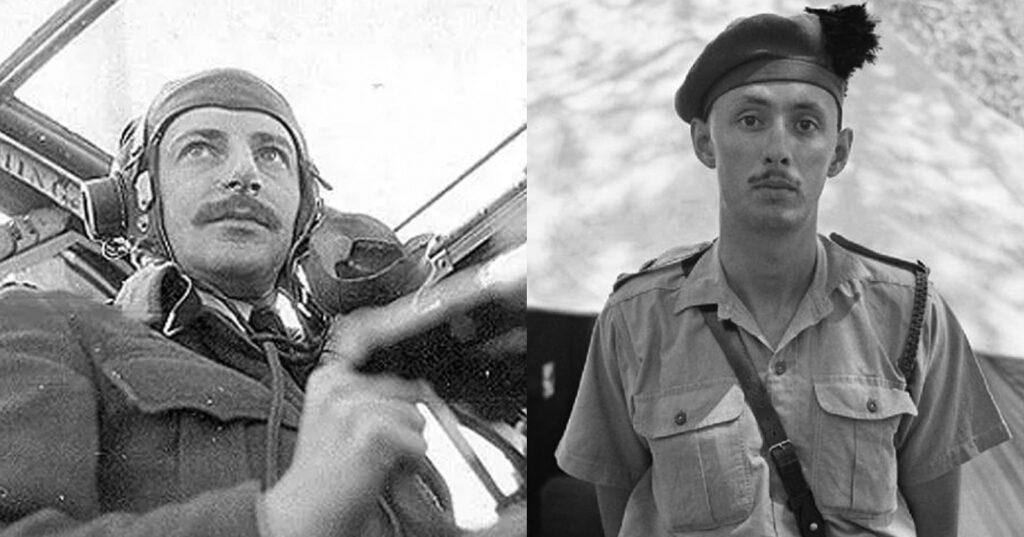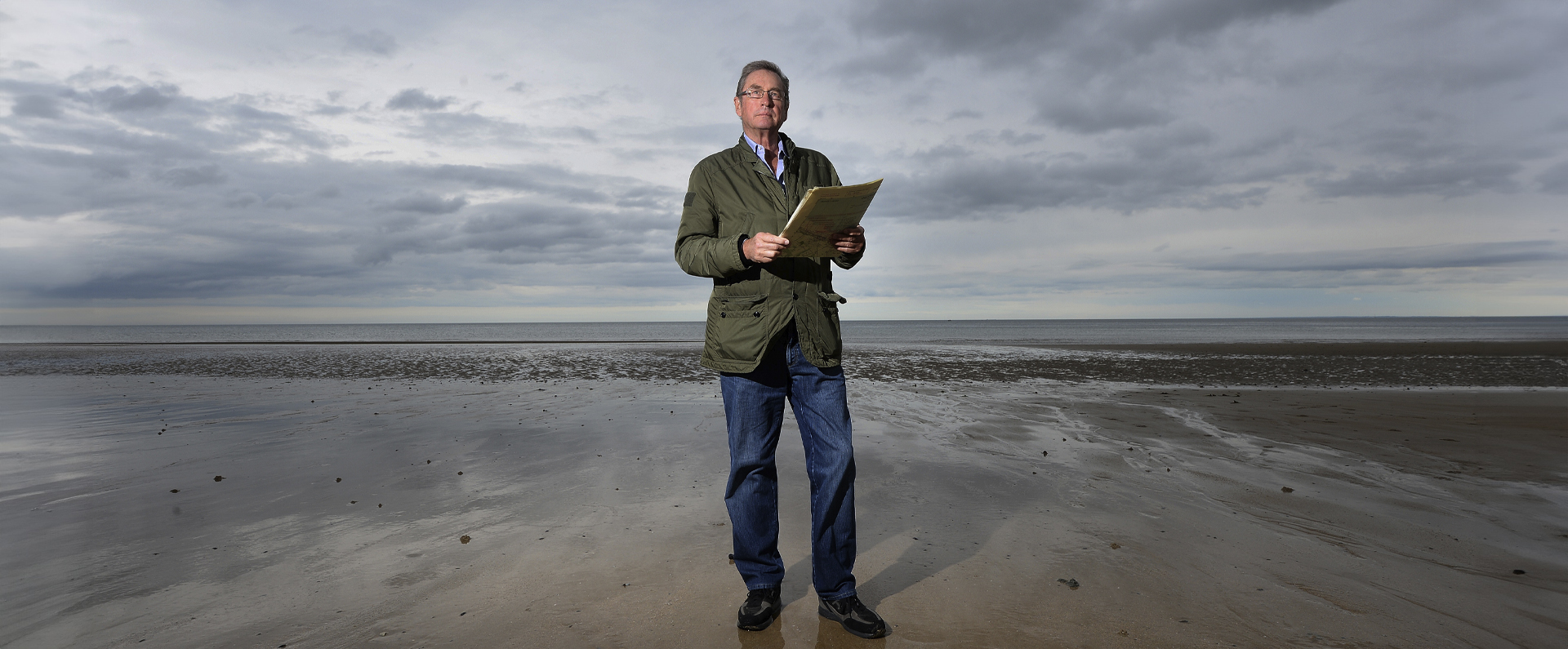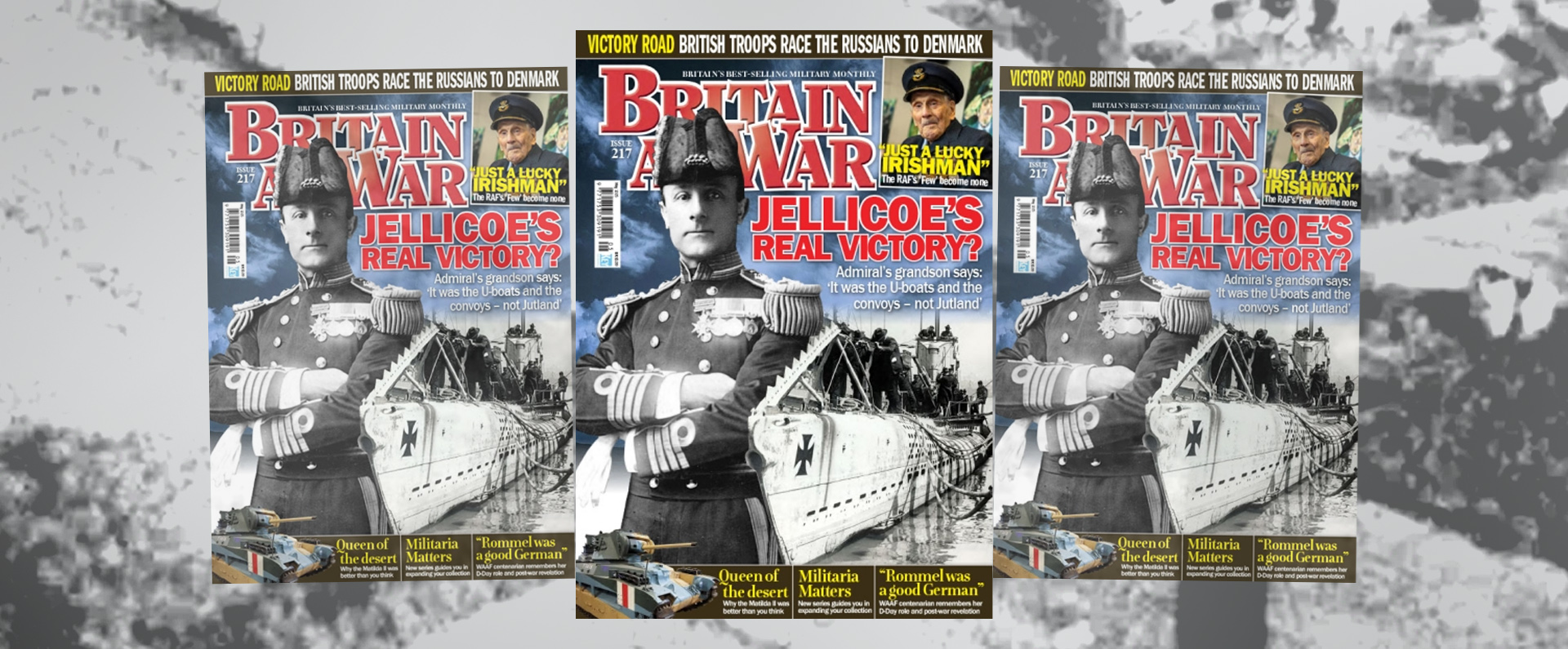
Published on ConservativeHome.com on 01 July 2011.
Air Commodore Peter Cribb
Temporary Lieutenant Colonel Geoffrey Keyes
It was with a mixture of sadness and joy that I read the obituary of Air Commodore Peter Cribb, who died last week aged 92.
I naturally regretted the passing of such a splendid and decorated Second World War veteran but reading about his incredible life, particularly his activities with the RAF’s Pathfinder Force, filled me with feelings of inspiration and awe.
His obituary in The Daily Telegraph was headlined “Master bomber who won two DSOs and made an unauthorised raid on Hitler’s Bavarian retreat.” Two things that I read amused me and intrigued me in equal measures.
Firstly, during the 1942-3 winter, when Cribb flew on dozens of missions, he shared a bleak Nissen hut with a Canadian pilot. It was so cold that each night neither wanted to be the last one to bed because he therefore had to switch off the lights.
Eventually, the ever-resourceful Cribb solved the problem by ritually shooting out the lights each night with his .38 revolver. Due to the combination of the cold and a late-night tipple, he often missed and needed several shots to achieve a darkened room.
It meant his batman used to wake him up with a cup of tea most mornings with the words: “Shall I reload, sir?” I wonder what the modern-day military – not to mention ‘elf and safety – would today make of serving RAF personnel using such a method to “switch off the lights”?
But it was Cribb’s daring raid on Hitler’s Bavarian retreat that I found fascinating because, as part of my research for my book Victoria Cross Heroes (first published in 2006 to mark the 150th anniversary of the creation of the VC), I delved into an even more daring war-time mission. This involved an attempt kill or capture, not Hitler, but instead one of his most feared right-hand men, General Erwin Rommel, the commander of the Afrika Korps and popularly known as the” Desert Fox”.
However, first I will provide a brief account of Cribb’s own mission. By the spring of 1945, and by now a Group Captain with a Distinguished Service Order (DSO) and Bar, Cribb, still only 26 years old, learnt of a plan to use a force of Lancasters to bomb Hitler’s retreat at Berchtesgaden.
However, the mission intended for 24 April 1945 was aborted when the Lancaster squadron at his own airfield was stood down. By now somewhat bored of his desk job, Cribb commandeered some bombs and made up a crew from the senior executives on his station.
In a splendid act of bravery and defiance Cribb and his crew took off at dawn and caught up with the main RAF force as it was approaching enemy territory. He eventually dropped his bombs, intended for Hitler’s retreat, before heading back to his base with great haste before his superiors discovered what he had been up to.
Unfortunately, on this occasion fortune did not favour the bold. Not only did Hitler survive but, while Cribb was in the air, Air Vice-Marshal Donald Bennett, the head of the Pathfinder Force, had tried to speak to him and his deputy, only to be told they were airborne on a “ten-hour navigational exercise” and could not be contacted. Realising what was really going on, Bennett is said to have “hit the roof”.
The mission that I researched involved a fearless Admiral’s son, Temporary Lieutenant Colonel Geoffrey Keyes, who was awarded the VC for one of the most daring, if perhaps foolhardy, exploits of the Second World War.
Before the war, Keyes had joined the Army’s Royal Scots Greys before volunteering for the newly-formed Commando organisation in the summer of 1940. He embarked for the Middle East in January 1941, and by the autumn he had won over General Headquarters Cairo to sanction an attempt to destroy the German HQ 250 miles behind enemy lines at Beda Littoria, Libya.
Furthermore, the intention was to kill, even capture, Rommel. Keyes was one of some 59 men who were transported to enemy-occupied territory in two submarines and, then, small boats. However in rough seas and torrential rain, only 36 made it ashore. By the fourth night, Keyes and his men were just a few hundred yards from their “objectives”.
After dispatching a covering party to block off the approach to the house, Keyes and two other men crawled to the main house where they attacked the occupants with gunfire and grenades on the night of November 17-18, 1941.
Keyes, aged 24, emptied his revolver in the first room “with great success” but he was shot as he entered the second room and died shortly afterwards. Only two men made it back to British lines after 37 days in the desert.
It later emerged that Rommel had not even been in the targeted building. Sir Winston Churchill, Britain’s great war-time leader, comforted Admiral Sir Roger Keyes over the loss of his son during Operation Flipper, telling him: “I would far rather have Geoffrey alive than Rommel dead.”
Keyes’s VC is one of my most treasured decorations in my 170-strong collection which, since November last year, has been on display at the Lord Ashcroft Gallery in the Imperial War Museum.
However, returning to the recently-departed Air Commodore Peter Cribb, he served for a time at the headquarters of Bomber Command . As those who know me are aware, I made a £1 million donation earlier this year (see my blog of May 4, 2011) in order that a permanent Bomber Command Memorial can be built in Green Park, central London, by next spring.
One of the main reasons that I and others, including John Caudwell, a fellow entrepreneur, donated money is that the surviving members of Bomber Command are in their 80s and 90s and that time is clearly of the essence. As Prince William put it so succinctly earlier this year: “It is vital, therefore, that this memorial be erected now, while they are still alive and able to appreciate our nation’s gratitude to them, and to their fallen comrades.”
Sadly, Air Commodore Peter Cribb will now not be one of those able to witness the monument’s unveiling in just over ten months’ time. However, simply reading the obituary of his remarkable life made me more convinced than ever that a permanent memorial to these wonderfully courageous airmen is long overdue – and no less than they deserve.
Read this story on ConservativeHome.com
For more information, visit:
LordAshcroftOnBravery.com

